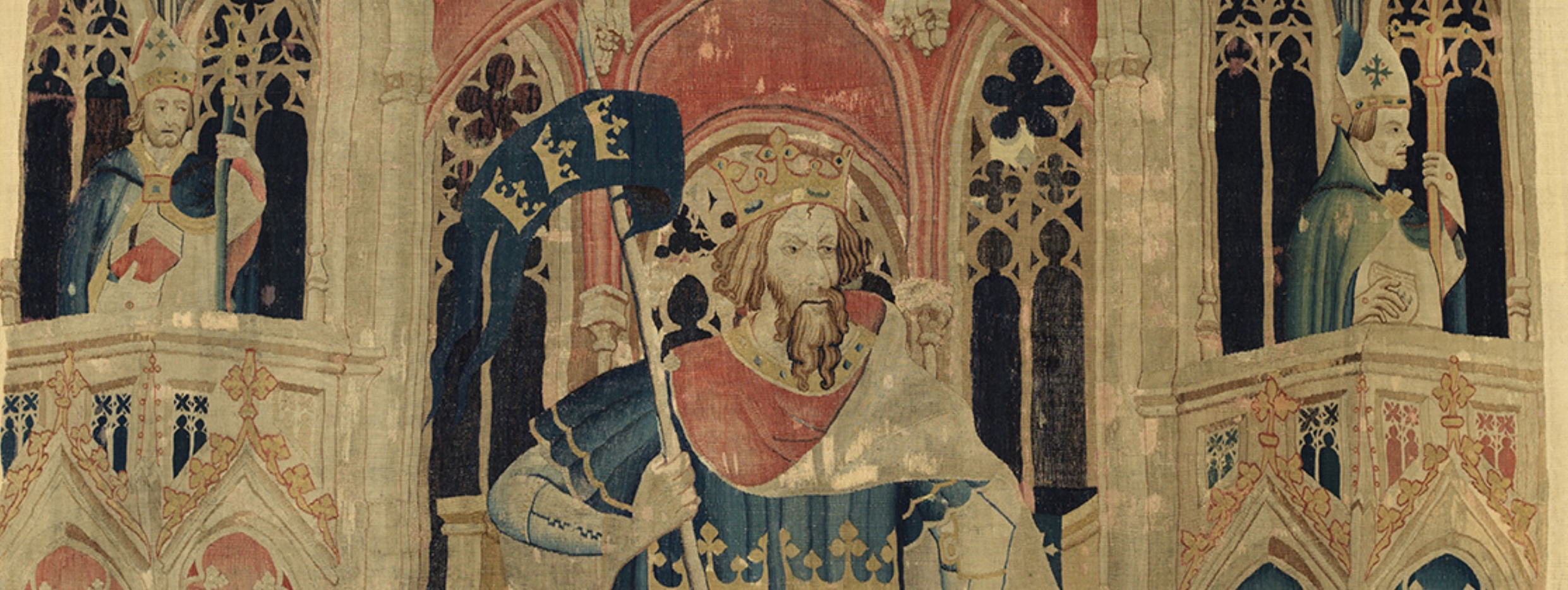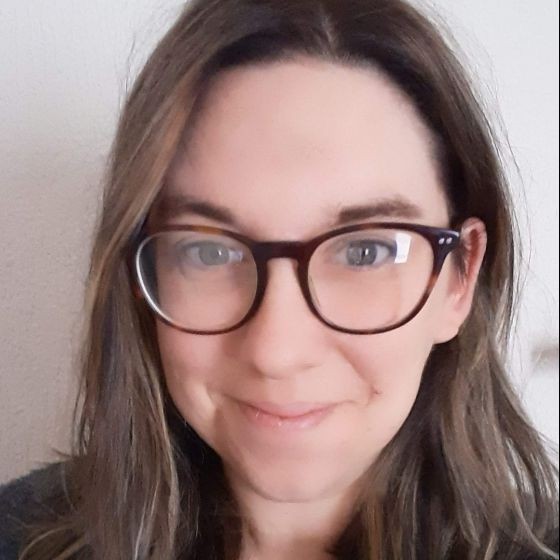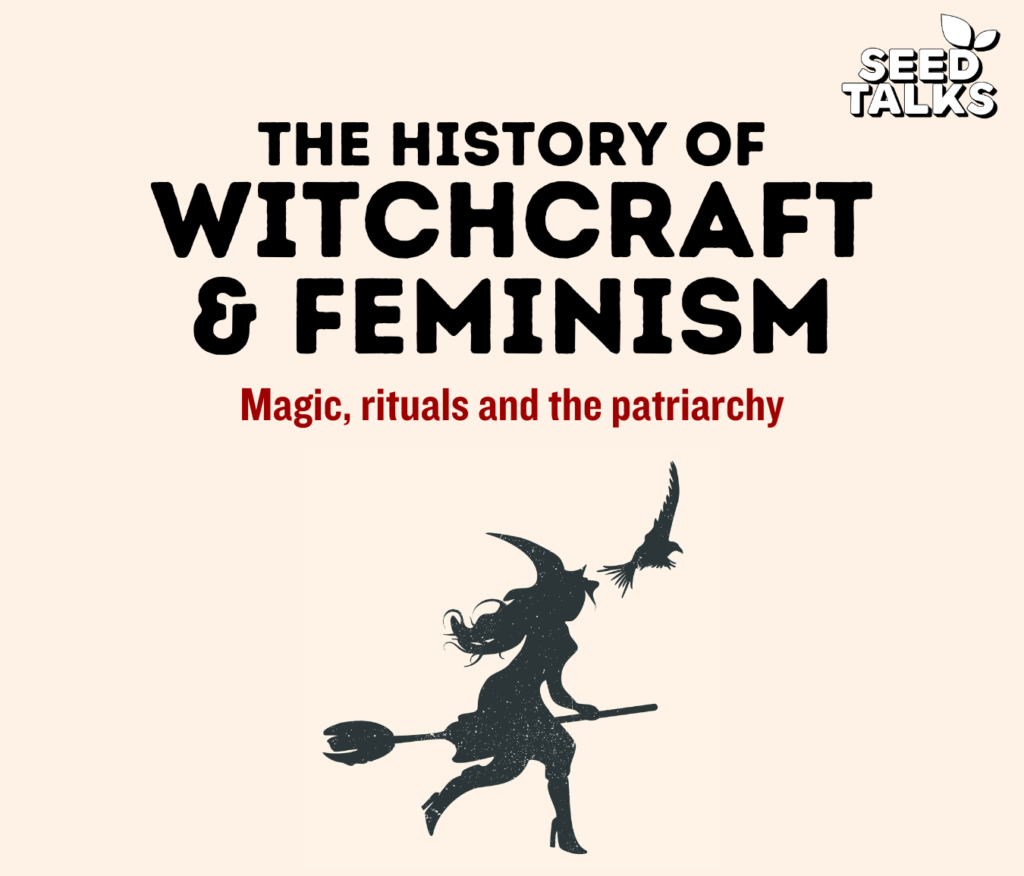
Posted by Jennifer Farrell
4 November 2024This week sees the second instalment in our ongoing spotlight series, where we’re sitting down and chatting with individual members of our medievalist community. After speaking with Verity Bruce in our first post, we’re picking up many of the same themes again this week, as we chat to Dr. Jennifer Farrell, Lecturer in Medieval History. Jennifer’s research and teaching has taken her in all kinds of fascinating directions, and we’re very grateful to her for taking the time to share some of her many insights with us.

I’m a historian of the medieval supernatural and medieval gender, and so I teach a lot on subjects like prophecy, magic, fairies, sexualities, gender, and late medieval historical and romance literatures.
I love looking at how both magic and sex operate as discourses of alterity. So many writers use references to magic or sex to make plain some other often inner deviance in the subjects they are referring to. We especially see this in reports of behaviours supposedly being practiced by heretics and foreigners; but we also see it in sometimes unexpected places, like the knight who falls short of the masculine ideals of the time or the “reports” of otherwise ordinary local women supposedly using sex and/or magic to subvert social and gendered hierarchies. I also generally get really excited, and will happily geek out in long conversations about anything to do with Merlin (especially his prophecies), fairies like Melusine and Morgana, and the early development of the Arthurian legends.
I had spent 10 years studying and then teaching in Dublin (most of which was devoted to working on Geoffrey of Monmouth and the prophecies of Merlin). I decided I wanted to expand my work on the supernatural to take into account the ways in which gender influenced discussions and representations of it. So I reached out to Catherine Rider by email, asking to meet with her. A further 10 years on and here I still am. Thank you Catherine!
It depends on the particular focus of the class/research, of course, but sources I always return to include chronicles and pseudo-histories (esp. those produced in England during the 12th century), as well as early romances and Breton lays (most especially the lays of Marie de France, whose work I just adore!).
If it’s term time, I’m usually running around a bit like a headless chicken! Emails, teaching, marking, more emails, IT disasters, last-minute childcare crises, and so on. If it’s the summer, I’ll most often be found happily buried in medieval chronicles and romances (trying to write my two books on the Arthurian legends), coffee breaks in the local park, and days out exploring the gorgeous Devon landscape with my two kids and my husband (Dartmoor is of course the favourite!).
I’m currently doing a series of talks around the UK and Ireland on ‘The History of Witchcraft and Feminism’. The talks are organised by Seed Talks, a company which aims to bring academic content to popular audiences. The talk explores the long history of magic, its complex relationship with medieval ideas about gender, and the various stages involved in the evolution of the crime of witchcraft towards the end of the middle ages and into the sixteenth and seventeenth centuries. I also have a professional Insta page @medievaljen. Do please follow!

Featured image: King Arthur in the Heroes Tapestries, Met Gallery, New York (viewable here).